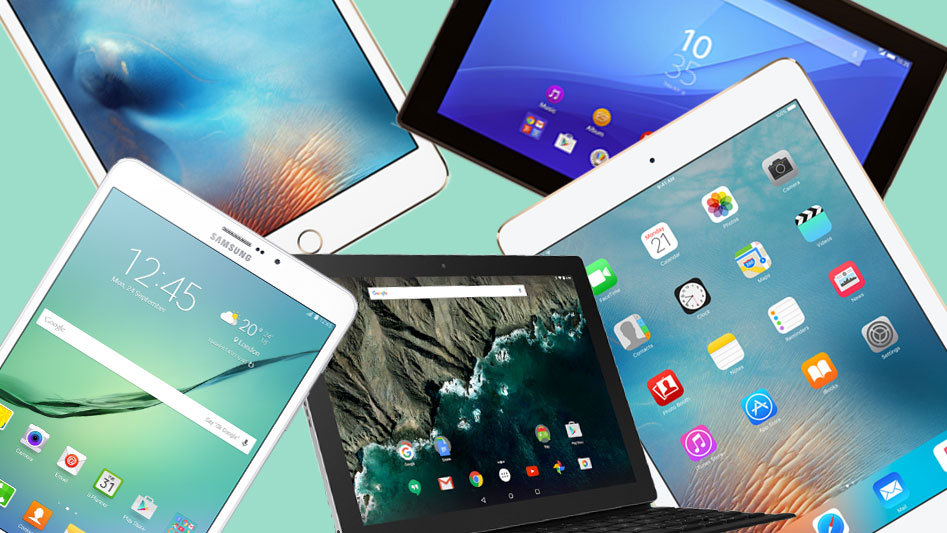Connecting technology with learning goals
If you could take all the money that schools invested in computer labs in the 1980s and 1990s, would you spend that money again on those labs?
The question helps make the case that technology integration is not just a matter of acquiring the hardware; it’s about changing classroom practices and developing a clear plan for how the new technology and new practices will improve learning.
A surge in tablets has been seen in schools since 2010, when the iPad was released, but not a corresponding surge in strategies to connect them to learning goals. The best work happening in “iPad classrooms” involves the creation of new forms of media that showcase multiple pathways of understanding, allow for collaboration with peers, and lead to communication with broad audiences. But tablets are used most often in ways that replicate current practices -to do things like take notes or consume existing media.
To make the most of the investment, school leaders must do three things:
- Articulate a clear vision for how new technology will improve instruction.
- Help educators imagine how new technologies can support those visions.
- Support teachers and students on a developmental journey that will take them from using tablets for consumption to using them for creation, and connection.
The best technology integration tends to happen in schools that were created around a focused pedagogical vision. It’s harder to do it comprehensively in traditional public and private schools, but when schools have a focused set of learning goals, it can be done.
